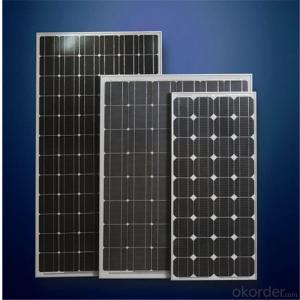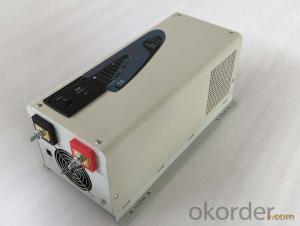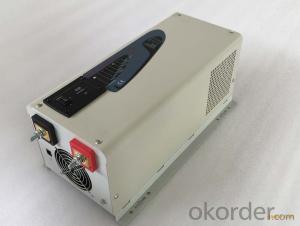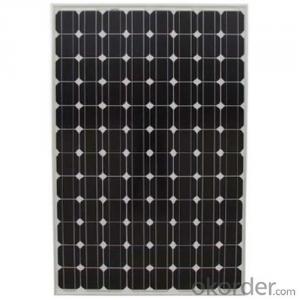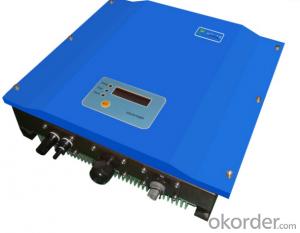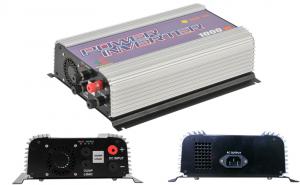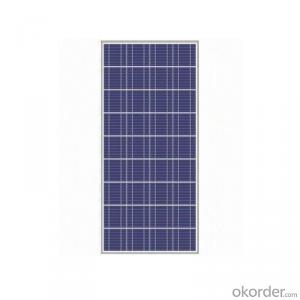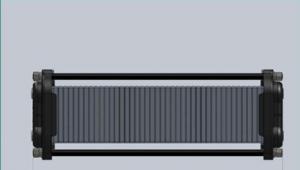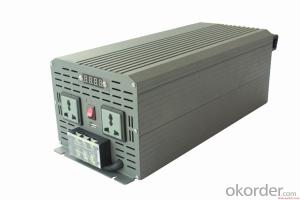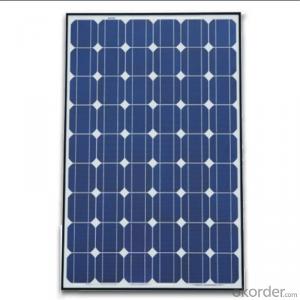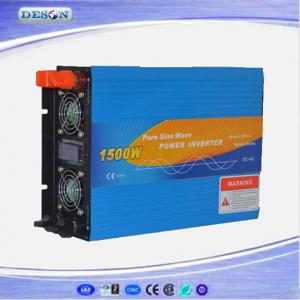Solar 1000 Watt Power Inverter
Solar 1000 Watt Power Inverter Related Searches
1000 Watt Solar Power Inverter 1000 Watt Solar Inverter Solar Power Inverter 1000w 1000 W Solar Inverter 1000w Solar Inverter 1000 Watt Solar Panel Inverter 1000kw Solar Inverter 1000 Watt Inverter Solar Panel 10000 Watt Solar Inverter Solar Inverter 1000 Watt Price 10000w Solar Power Inverter Solar Power Inverter 10000w Solar Inverter 10000 Watt 1000 Watt Solar Inverter Price 10000w Solar Inverter China Solar Inverter 1000kw 1000w Solar Inverter Price 10kw Solar Power Inverter Solar Inverter Off Grid 1000w 1100va Solar Inverter Solar 2000 Watt Power Inverter Off Grid Solar Inverter 1000w 2000 Watt Solar Power Inverter Solar 3000 Watt Power Inverter 10kw Solar Inverter Solar Power Inverter 10kw 1200 Watt Solar Inverter 12000 Watt Solar Inverter 1000w Solar Grid Tie Inverter 3000 Watt Solar Power InverterSolar 1000 Watt Power Inverter Supplier & Manufacturer from China
The Solar 1000 Watt Power Inverter is a high-performance device designed to convert solar energy into usable AC power. It is equipped with advanced features such as multiple AC and DC outlets, ensuring compatibility with a wide range of electrical appliances. This product is ideal for various applications, including off-grid living, recreational vehicles, and backup power solutions during power outages. The Solar 1000 Watt Power Inverter is a reliable choice for those seeking a sustainable and efficient power source.In terms of usage, the Solar 1000 Watt Power Inverter can be utilized in a variety of scenarios. It is perfect for powering home appliances, tools, and electronics in remote locations where traditional power sources are not available. Additionally, it serves as an excellent backup power supply for homes and businesses, ensuring a continuous flow of electricity during emergencies. The versatility of this inverter makes it a popular choice among consumers looking to harness the power of solar energy.
Okorder.com is a leading wholesale supplier of the Solar 1000 Watt Power Inverter, boasting a large inventory to meet the demands of customers worldwide. With competitive pricing and a commitment to quality, Okorder.com is the go-to source for those seeking to purchase this product in bulk. Their extensive stock ensures quick delivery and the availability of the Solar 1000 Watt Power Inverter for various applications and industries.
Hot Products








